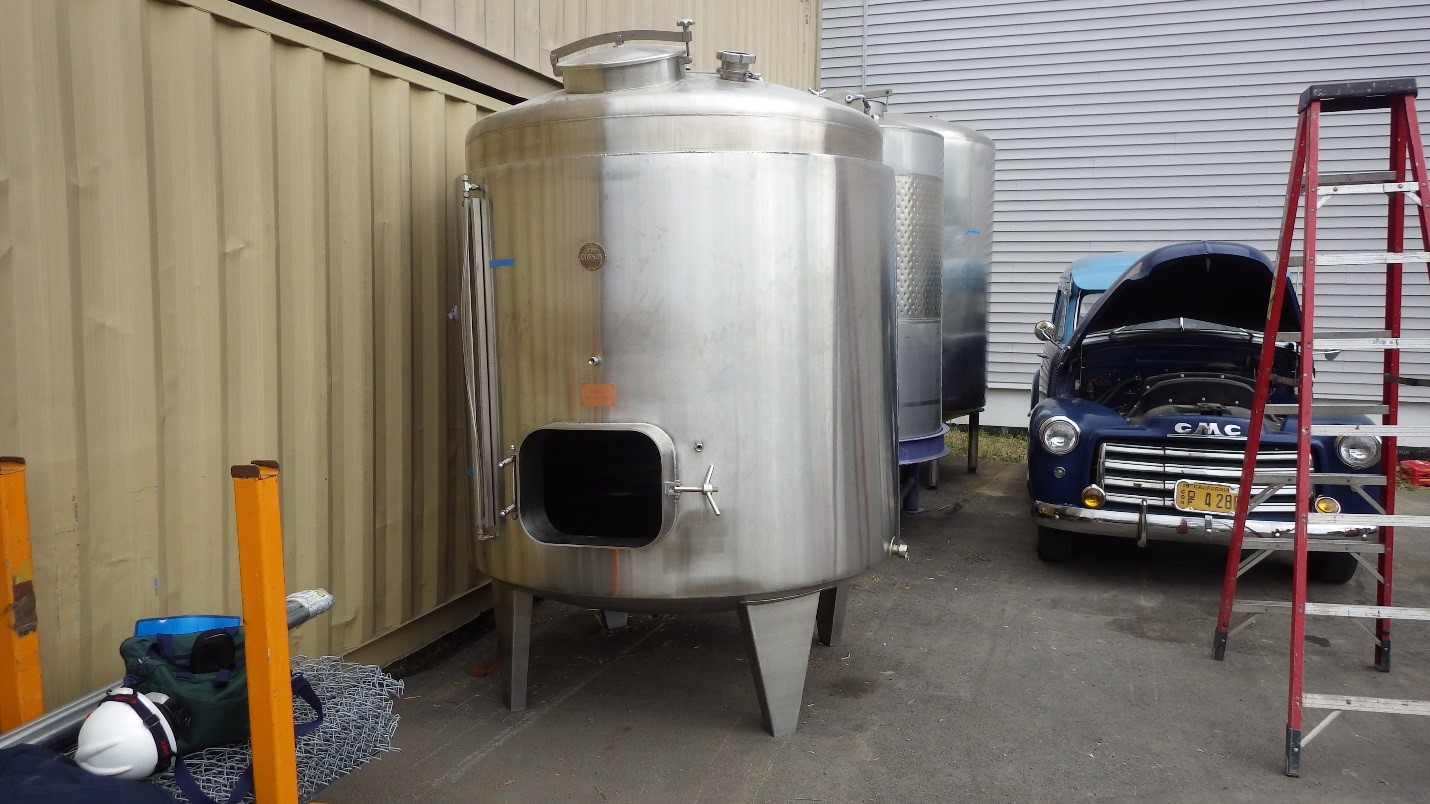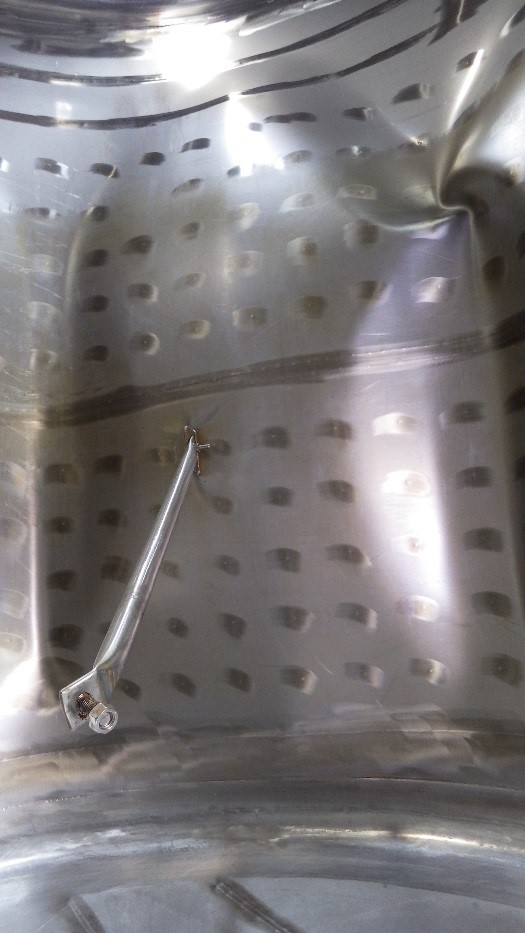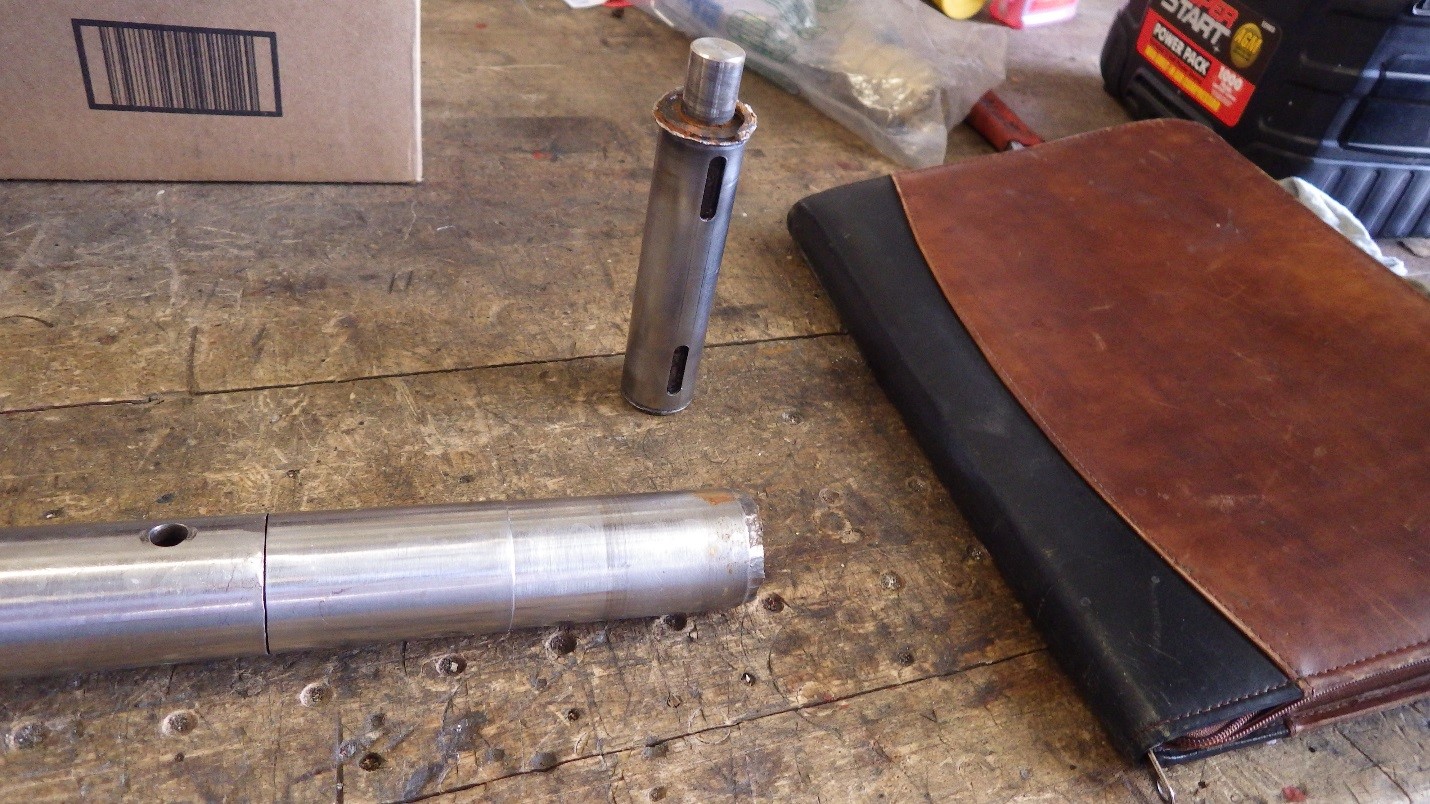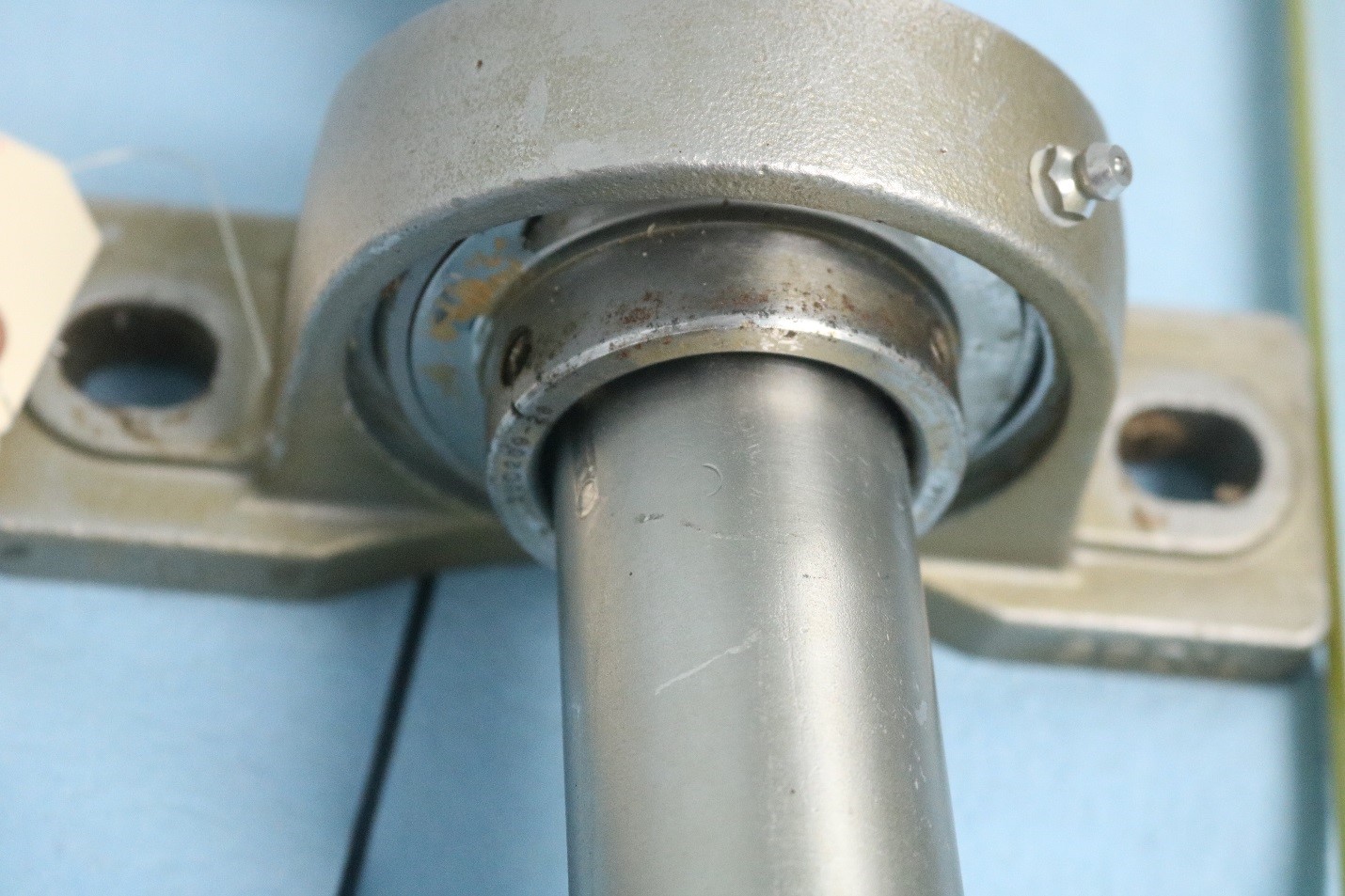A "Tun" of Fun (Beer Making & The Failure of a Mash Tun)
We’re sure many of you out there are fans of a good craft beer…
Have you ever wondered how beer is created from water, barley malt, yeast, and hops to provide that effervescent, frothy drink?
As you may be aware, it hinges on fermentation. Brewers start with grist, the ground barley malt. Grist is mixed with water to become the mash, which is then pumped into a vessel called a tun, where the mash is boiled. Within the mash tun, hop flowers may be added for flavor and to help preserve the beer after fermentation. The wort, the extracted liquid from the mash is then fermented in a tank, which can either be open (especially for Belgian type ales or ‘steam’ beers) or closed – like a wine tank. Yeast is added at the fermentation stage to convert some of the sugars in the malted wort into alcohol and carbon dioxide – the fizzy little bubbles which add to the drinking experience. Some beers are then finished with additional ‘dry’ hops during the fermentation process.
The mash tun is an important component in this process. The mash tun brings the mash to a boil, which sterilizes the wort and continues to break down some of the complex starches into sugars the yeast can digest. While the tun is heated to boil the mash, the mash is also stirred for homogenous heating and, if hops have been added, to impart the hop oils into the mash.
At a local craft brewery, EDT was called to investigate why one of their mash tuns failed. The mash tun in question was a newly constructed tun with integral mixing paddles suspended from the top dome, an upper cooling water jacket, and a lower boiling water jacket. Examination of the interior of the tun revealed the upper cooling jacket had collapsed into the tun, most pronounced at the two locations where the bearing for the mixing paddle shaft was supported. Examination of the mixing paddle assembly revealed the bearing was jammed off-axis and the shaft had fractured in the weld at the motor keyway (see figures below).
Analysis of the incident led to the conclusion that the support of the paddle shaft bearing was insufficient, allowing radial movement of the paddle assembly in the tun. After a short time, the bearing locked up off-center, pulling on the walls of the cooling jacket until they collapsed into the tun and the shaft weld fractured. The root cause of the failure was insufficient support of the shaft bearing – two points of connection where three or more would provide full stability.
Two lessons could be learned from this failure – one for the brewery and one for the manufacturer. The brewery to ask for the operational history of the tuns they purchase; the manufacturer to realize the importance of fully stabilizing rotating shafts.





